Sailboat Electrical System
The sailboat electrical system is an absolutely crucial part of any boat – its true backbone. In practice, almost every system we rely on aboard is connected to electricity. Without it, many devices simply wouldn’t work. That’s why it’s worth carefully considering, even at the stage of purchasing a boat, how to build a reliable and efficient power system.
Standard production yachts usually come with very basic sailboat electrical systems. They’re designed with boats in mind that spend most nights in marinas, with constant access to shore power. For charter yachts or holiday cruises lasting 2–3 weeks, such a setup is usually more than enough.
What Sailboat Electrical System You Need?
But if you plan to live aboard full time or embark on longer voyages where independence from shore infrastructure is key, you need to carefully think through three things:
- How much electricity you consume,
- How you’ll generate it,
- And how you’ll store it.
Tailoring a System to Your Boat
In this article, we’ll share how our electrical system is set up, which solutions we chose, and the compromises that led us there. Because life is all about compromises – and life at sea teaches this lesson faster and more vividly than anything else. If you’d like us to help design a system tailored to your boat and sailing style, we invite you to check out our Cruising Consulting services.
Understanding Electricity
This article is not meant to be a beginner’s guide – we won’t be diving into the fundamentals of electricity, best installation practices, or safety standards. Those are vast topics, and there are already plenty of excellent resources covering them in detail. What we want to share here are our practical experiences and solutions that actually work in everyday life onboard.
If you’re interested in digging deeper into the theory and technical foundations, we highly recommend Nigel Calder’s book. And for electrical topics specifically, check out the excellent boathowto.com course, created by our friend Jan Athenstadt – also the owner of a Malo 39 – together with Nigel himself.
Safety and Reliability Of The Sailboat Electrical System
Before diving into the details of our own system, I want to stress something absolutely crucial: safety and reliability of sailboat electrical system.
An electrical installation on a yacht can be potentially dangerous—for both the crew and the boat itself. Alongside incidents involving the galley and open flames, electrical failures and poorly executed installations are among the most common causes of yacht fires. Unfortunately, we hear about them more and more often. That’s why I always warn against temporary fixes, sloppy workmanship, or cutting corners on component quality. When it comes to electricity, there’s simply no room for compromise.
Beyond safety, let’s not forget that most systems onboard simply stop working without power. Their reliability directly impacts both comfort and safety at sea. A good example is a sailor we once met: during a Pacific crossing with just two people on board, he lost his autopilot. A critical piece of equipment when sailing shorthanded. The device itself was fine—but an old power cable connection had failed.
Energy Demand Analysis
Let’s come back to the sailboat electrical system on our yacht Tranquility. When designing it, we knew that our energy consumption would be relatively high. The first step, therefore, was to analyze our usage. Online you can find plenty of simple Excel-based calculators that help with such estimations.
It’s worth creating two separate scenarios:
- At anchor
- Underway
The differences are significant. At anchor, we don’t use the autopilot, radar, or navigation instruments. Underway, on the other hand, we don’t use the induction stove, cabin lighting, and our laptops are usually stowed away.
The analysis quickly reveals that it’s not always the most power-hungry devices that consume the most energy, but rather the ones that run the longest throughout the day. This is also the perfect moment to consider where we can reduce consumption. Every milliamp-hour saved means less strain on the battery bank, less dependency on energy production, and ultimately—lower costs.
DC and AC – Two Sailboat Electrical Systems
Our Malo is equipped with both a DC (direct current) system and an AC (alternating current) system. I won’t go into the theoretical basics here—each of these systems has its pros and cons, making them better suited to different applications.
Our guiding principle is simplicity. This helps us avoid many problems, and in case of a failure, makes troubleshooting much easier. Wherever possible, we try to use DC power, keeping in mind that every conversion from DC (batteries) to AC comes with efficiency losses.
On Tranquility, the DC system runs at 12V. On other yachts you might find 24V or even 48V systems. For us, 12V works just fine, but with a larger boat we would definitely consider a higher voltage.
At this point, it’s already clear that designing a sailboat electrical system requires a well-thought-out concept. We’ll return to this broader perspective later in the article.
Energy Storage
Once you know how much power you’ll be using, the next step is deciding how to store that energy—in other words, choosing the right batteries. On our yacht, we rely on a mix of lithium-ion batteries and AGM batteries. Why both? I’ll explain in a moment.
LiFePo4 Batteries
Our main energy bank—often called the house bank or domestic bank on boats—consists of LiFePo4 batteries with a total capacity of 600Ah. The topic of lithium-ion batteries is vast, since the term actually covers a whole family of chemistries. Different materials used in their cells affect their lifespan, energy density, stability, and cost. After all, you wouldn’t expect the same performance from a phone battery as from one in an electric car—or from the bank powering an entire yacht.
For yachts, we believe LiFePo4 (lithium iron phosphate) batteries are by far the best choice. Their two greatest strengths are safety (stability) and longevity.
Advantages of LiFePo4 Batteries
Compared to traditional batteries, LiFePo4 has clear advantages:
- Much longer lifespan
- Higher energy density (lighter and smaller for the same capacity)
- Able to handle much higher charging currents
- Greater usable capacity, since they can be discharged to very low levels without damage. For comparison, AGM batteries degrade quickly if discharged below 50% and need replacing.
Disadvantages LiFePo4 Batteries
The only real downside of LiFePo4 batteries is the greater complexity of the system. AGM batteries can simply be “plugged in” to the installation, whereas lithium batteries require proper management. This is where a BMS (Battery Management System) becomes essential. It protects the batteries from overcharging (and therefore from the risk of fire). Our BMS also manages charging cycles, cell balancing, and absorption times—maximizing battery lifespan. And it’s worth stressing: high-quality lithium batteries are not cheap, so longevity matters.
LiFePo4 Batteries – Cheap Solutions
This is also the point where I want to raise a red flag about “too good to be true” bargain solutions. In the sailing world, there are plenty of stories about people who installed second-hand batteries from electric cars—often bought for pennies. The problem is, lithium cells are extremely sensitive to mechanical damage and wiring mistakes. Sadly, too many of these experiments have ended in disaster—most often with a fire. And let’s not forget: at sea (just like in the air), fire is the worst possible scenario.
It’s precisely these kinds of incidents that gave lithium batteries their bad reputation as unsafe and unstable. But the truth is, with LiFePo4 chemistry, proper design, good practices, and following manufacturer guidelines, we have no concerns whatsoever about our own battery bank.
Our golden rule: always build your electrical system with reputable, proven manufacturers. It’s an investment in both safety and peace of mind.
Power Generation
Even the biggest battery bank has its limits. That’s why, just as important as storage capacity, is making sure you have reliable ways to recharge it. In practice, this means building your own little power plant on board – and there are quite a few options.
Engine Alternator
The most basic source of energy on any boat is the engine alternator. It’s built into every engine and diverts part of its power to produce electricity.
That said, running the engine at anchor solely to recharge the batteries:
- is noisy and unpleasant,
- inefficient (burns fuel),
- harmful to the engine itself – especially older diesel engines don’t cope well with prolonged running under low load.
So, the alternator works great as a supplement while motoring, but it shouldn’t be treated as the main source of energy.
On the market, there are also high-output alternators available on the market – more expensive, but much better matched to lithium batteries, which can accept very high charging currents for extended periods. However, they have their own limitations too.
Generators
Another option is a generator. Larger yachts often have them permanently installed. We went for a small, portable petrol generator, which we use as a backup – mainly on cloudy days when our primary energy source can’t keep up with demand.
Renewable Energy Sources
Wind turbines
In sailboat electric systems, renewables are becoming more and more popular. In the past, wind turbines were the go-to choice, but today their energy production is too low compared to the ever-growing energy needs on board.
Hydrogenerators
An interesting option are hydrogenerators – devices similar to wind turbines, but powered by the flow of water while the yacht is sailing. They’re a fantastic solution for expedition yachts covering long distances, especially at higher latitudes. Their downside is obvious though: they don’t work at anchor.
Hybrid turbines
One clever manufacturer has addressed this problem by offering a hybrid turbine – wind and water in one. While underway, it acts as a hydrogenerator, and once the yacht is stopped, it can be reconfigured to work as a wind turbine.
Solar Panels
By far the most popular – and fastest-growing – energy source in sailboat electric systems today is solar power. With ever-improving efficiency and long lifespan, solar panels are one of the best solutions, particularly for boats sailing in warm, sunny regions.
The biggest limitation? Surface area. There’s never enough of it on a yacht. On top of that, panels often get shaded by fixed elements like the mast or sails while underway. Luckily, technology keeps improving – modern panels are increasingly resistant to partial shading.
On Tranquility, we went with 800 W of solar panels. The brand we chose offers a technical solution in cells’ design that greatly reduces the negative effects of shading from the mast.
You can also now find highly efficient and reliable flexible solar panels, which can be mounted on curved deck areas, coachroof surfaces, or even on fabric like a bimini. This makes them a fantastic option for yachts where traditional rigid frames are harder to install.
Other Solutions
Beyond solar panels, there are also a few more niche sources of energy:
Methanol fuel cells
Our Malo actually came with one, installed by the previous owner. While the engineering behind it is fascinating, the low energy yield and the need to store yet another type of fuel (which is also hard to source) quickly convinced us to remove it.
Hybrid Propulsion Systems
Increasingly common on new yachts. With the right gearbox and propeller, the drive system can double as a hydrogenerator, producing significant amounts of power while sailing. A very promising solution, though still mostly limited to newer, higher-end yachts.
Our Sailboat Electrical System on Tranquility
After this rather long introduction on planning and understanding yacht electrical systems, it’s time to share the specific setup we use on Tranquility.
As I mentioned earlier, we run two systems:
- 12V DC (direct current)
- 230V AC (alternating current)
We divided the DC network into three independent groups:
Battery Banks on Tranquility
House Bank – the main source of everyday power
This is our largest energy storage system, powering both our floating home and all navigation equipment. It’s built around three smart LiFePo4 batteries with a total capacity of 600 Ah, managed by a BMS and an advanced electronic system that gives us a wide range of options for automation and energy management in the future.
We distribute this energy through three separate networks:
- Main 12V DC network – the primary supply for most onboard devices.
- 12V 24-hour bus (known in aviation as the hot battery bus) – is a separate, always-active power line supplying critical equipment (such as fridges and bilge pumps). Technically, it cannot be accidentally switched off.
- 230V AC network – generated by a 3.5 kW inverter, which also doubles as a shore power charger. We use this network for high-consumption appliances like the induction stove, computers, and soon, a watermaker.
Engine Bank – for reliable engine starts
This battery is dedicated solely to starting the engine. Because reliable engine start is non-negotiable for safety, it operates completely independently. However, in case of emergency, we can power the starter from the other battery banks.
Technical Bank – for the anchor windlass and bow thruster
This bank is based on AGM spiral batteries, the same type commonly used in off-road vehicles for winches. We chose them because they handle very short, extremely high current loads exceptionally well – exactly what’s needed for the windlass and bow thruster.
Both the engine and technical banks are mainly charged via the alternator. Since their usage is short and infrequent, the energy deficit is small – even brief engine operation during docking maneuvers or leaving an anchorage is enough to keep them topped up.
Additionally, both engine and technical banks can also be charged from:
- shore power,
- the generator,
- or, if necessary, the main house bank.
Four Power Sources
Our main battery bank can be charged from as many as four different sources:
- Solar panels – the primary and most important source. In sunny regions, they entirely cover our energy needs.
- Shore power – available in marinas, through a charger.
- Alternator – used occasionally to charge the main LiFePo4 battery bank during longer passages under engine. For the starter and service batteries, the alternator is the main charging source.
- Portable 2 kW generator – purchased before the 2025 season to balance our energy needs during cloudy days in Northern Europe.
Practical Comfort from an Efficient Sailboat Electrical System
Thanks to this system, we can run energy-hungry appliances such as an induction cooktop. Sometimes, we even generate enough electricity to heat water for daily use – a true luxury, as any sailor will know.
Another testament to the efficiency of our system is that throughout an entire season of living aboard, we used just 7 kg of gas. Based on our calculations, if we had cooked exclusively on gas, we would have needed about 23 kg. That’s a big saving, especially for anyone who’s had to run around an unfamiliar town trying to refill or exchange a gas bottle—often in a new country, where the fittings and valves are always different. Sadly, globalization hasn’t reached this part of cruising life yet.
Our gas consumption would be even lower if our induction cooktop were mounted on a gimbal. While under sail, heeling often forces us back to gas cooking, even when we have plenty of power available for induction.
Our Sailboat Electrical System – Summary
We can be completely independent of the shore power grid. Which means that with unlimited wind for propulsion and solar for energy, Tranquility could take us all the way to the ends of the Earth… Good thing it’s not flat—or we might fall off!
Apart from independence, it is also highly reliable. Thanks to the quality of the components and the way the system was designed and installed, we haven’t experienced a single failure in three years.
Our electrical system also remains open to expansion—especially in terms of solar panels, which we’re seriously considering adding. Because while modern devices are often much more energy-efficient than their predecessors (our new radar and plotter are good examples), sailors have a natural tendency to keep adding more power-hungry gear.
Need help?
If you’re planning your own off-grid cruising setup and want a system tailored to your boat and sailing style, we can help. Our Cruising Consulting services guide you through designing a reliable, efficient, and safe electrical system—so you can enjoy life at sea without compromise. Learn more about our services here.
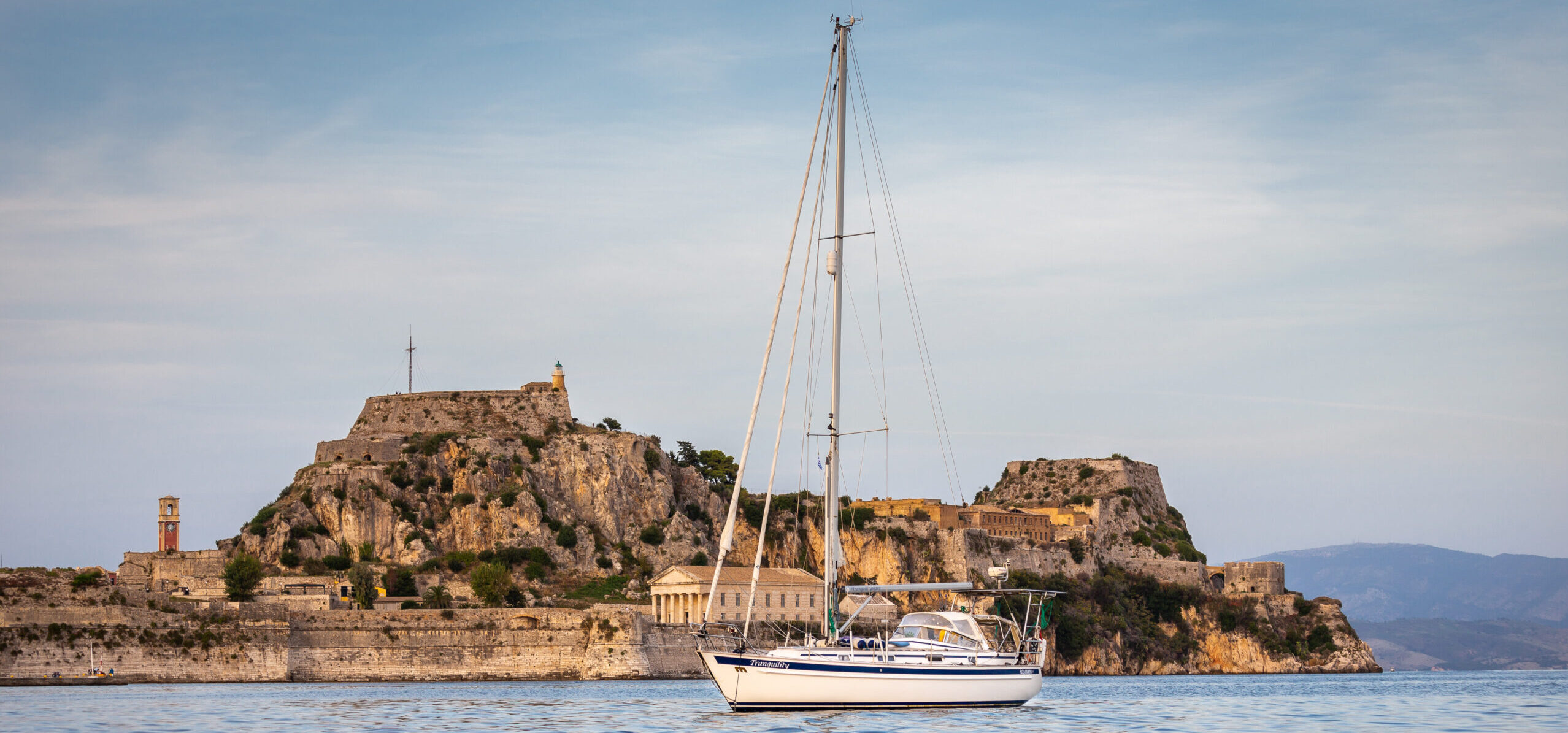
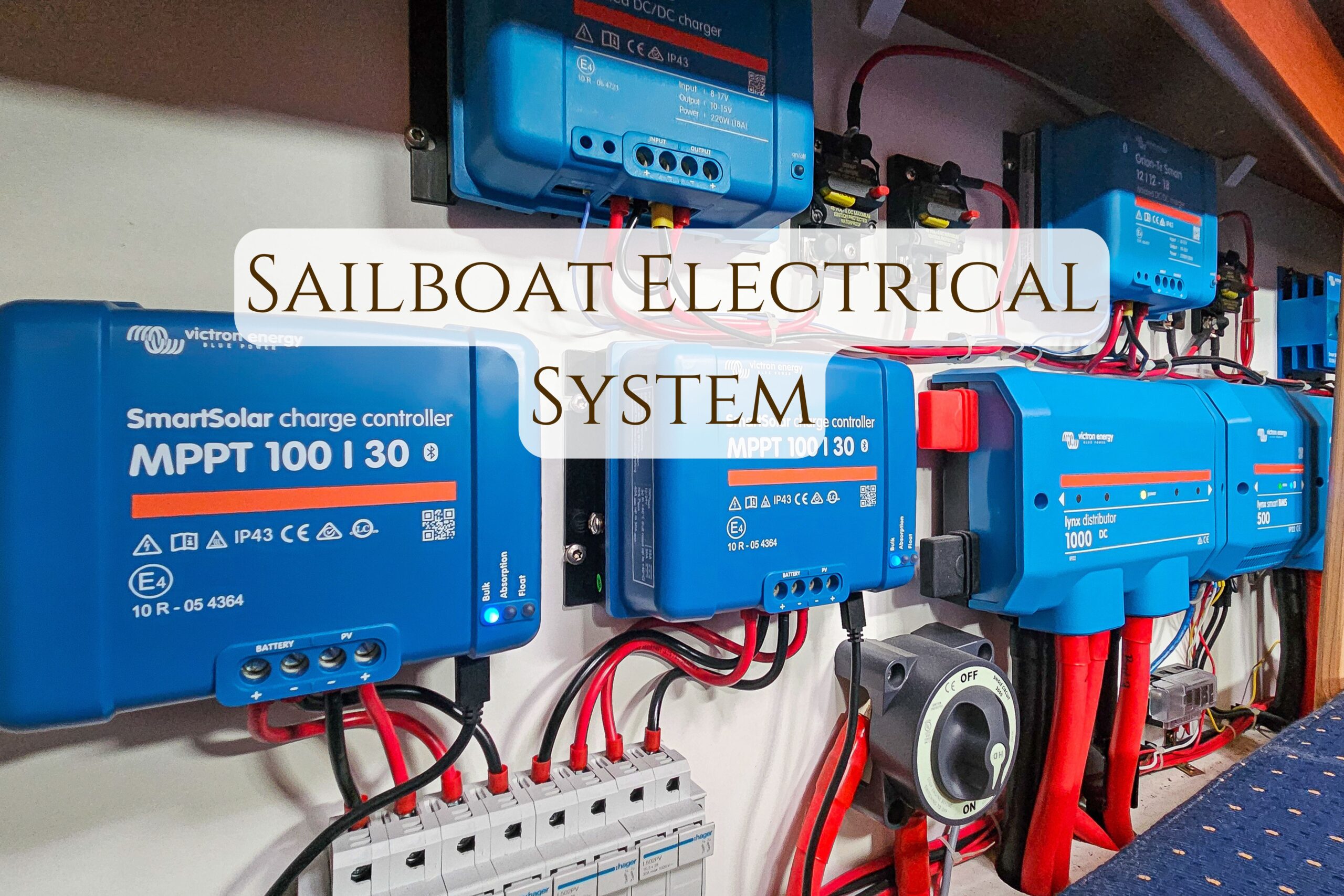
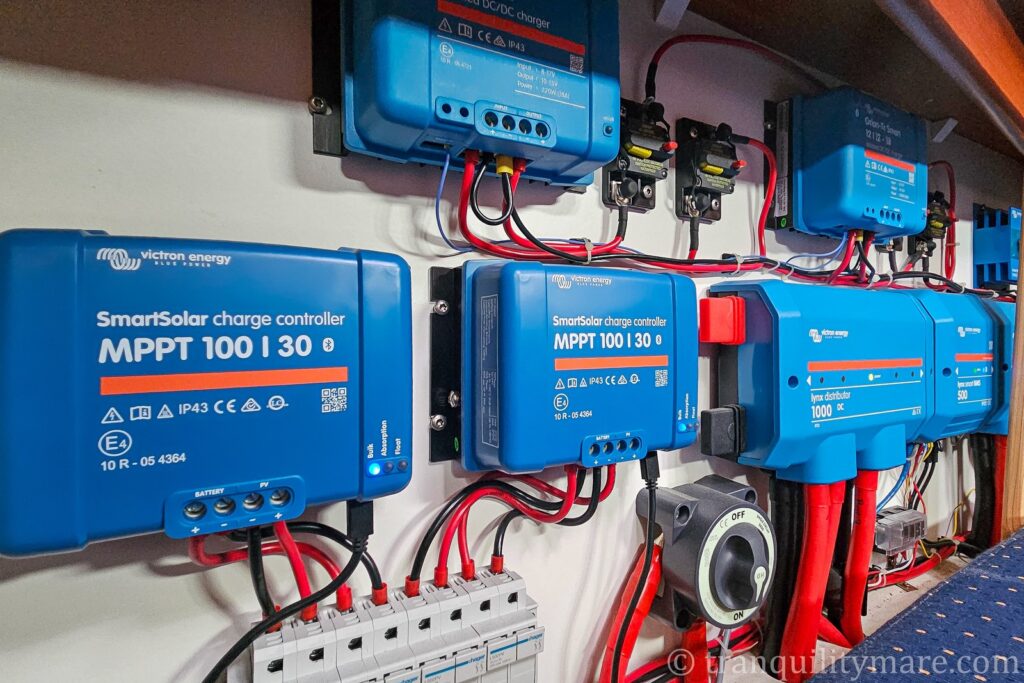
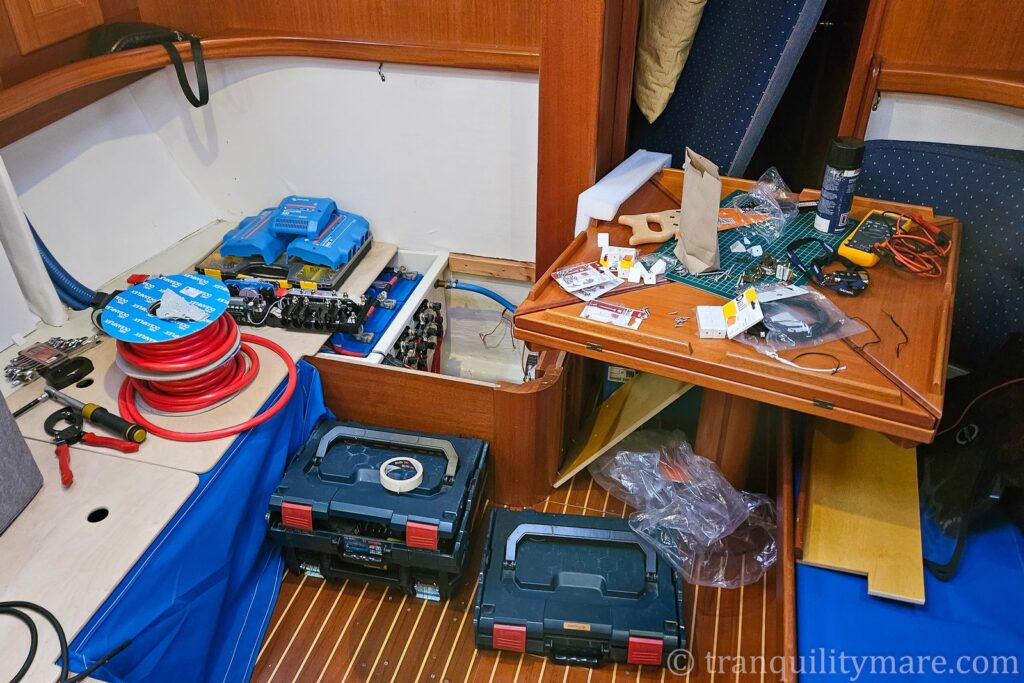

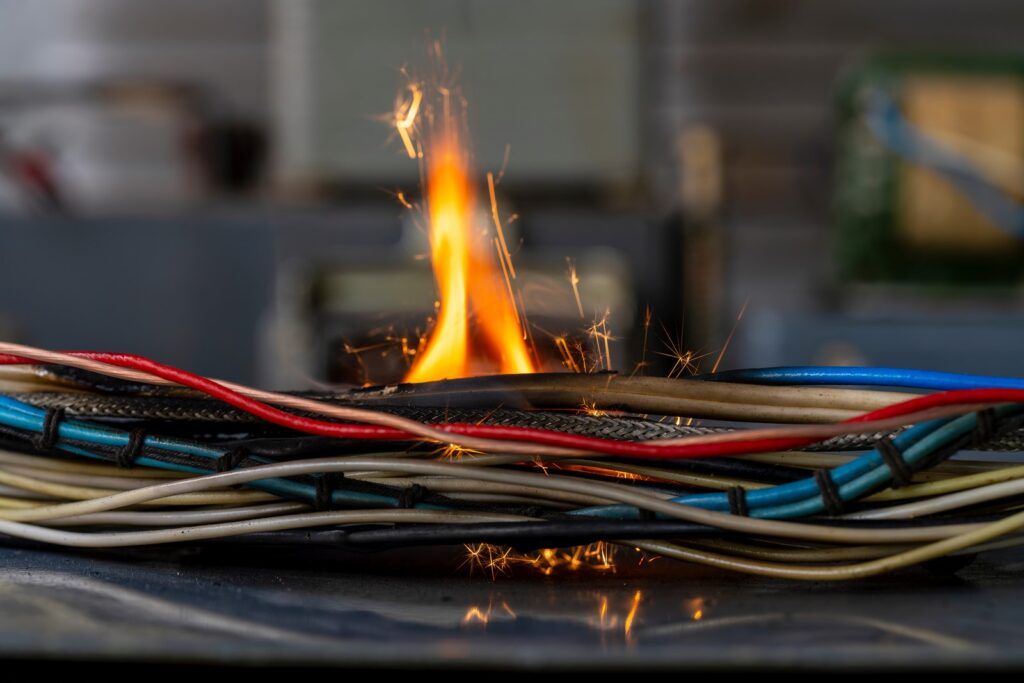

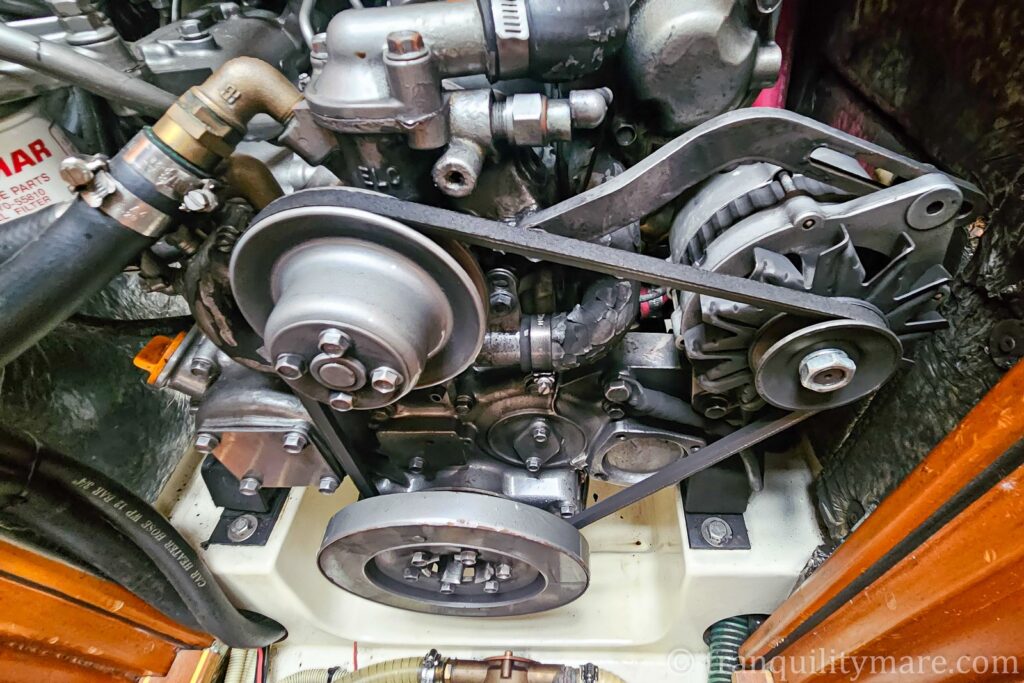
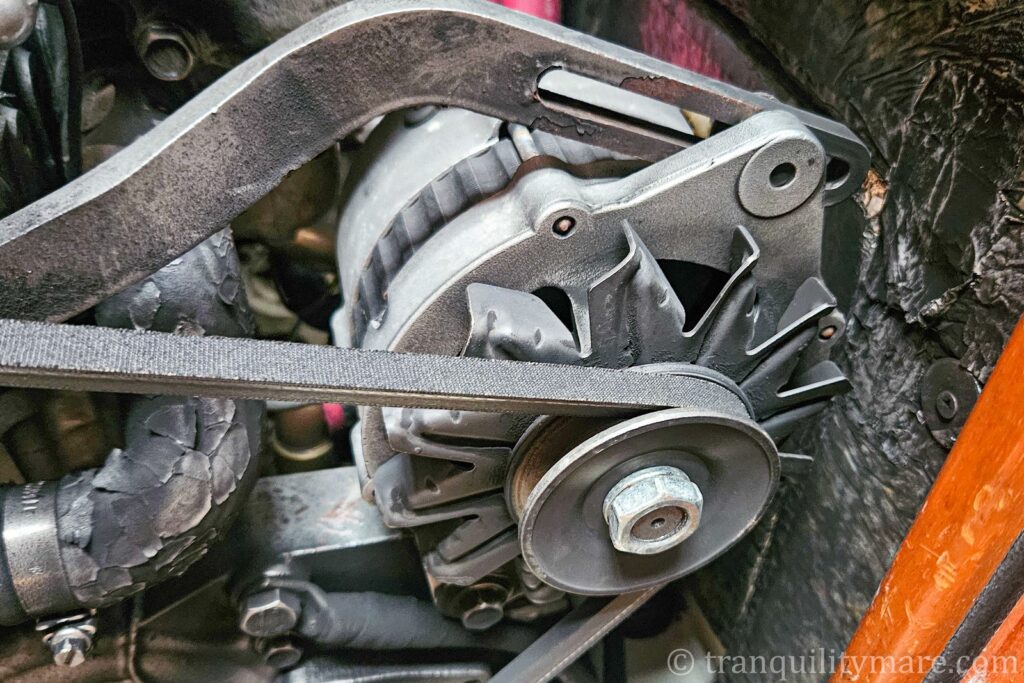
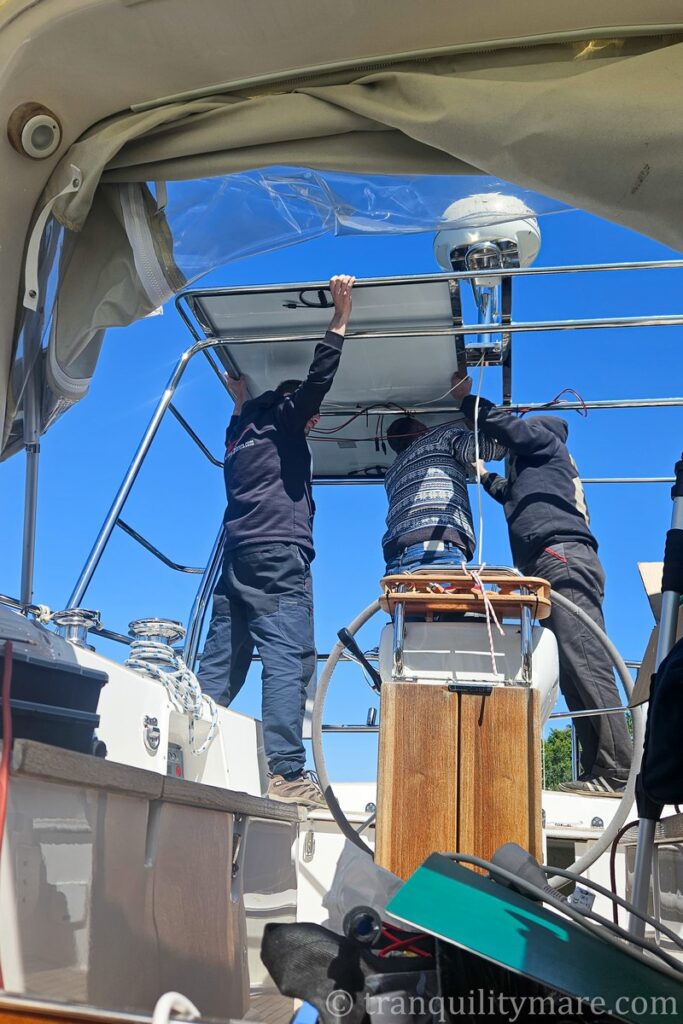
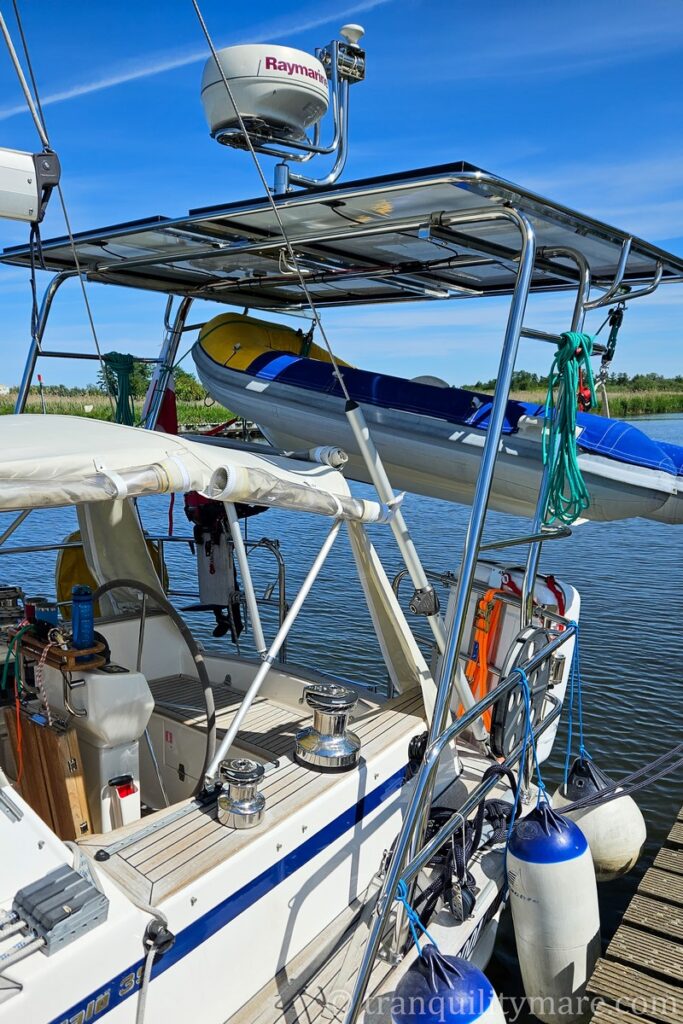
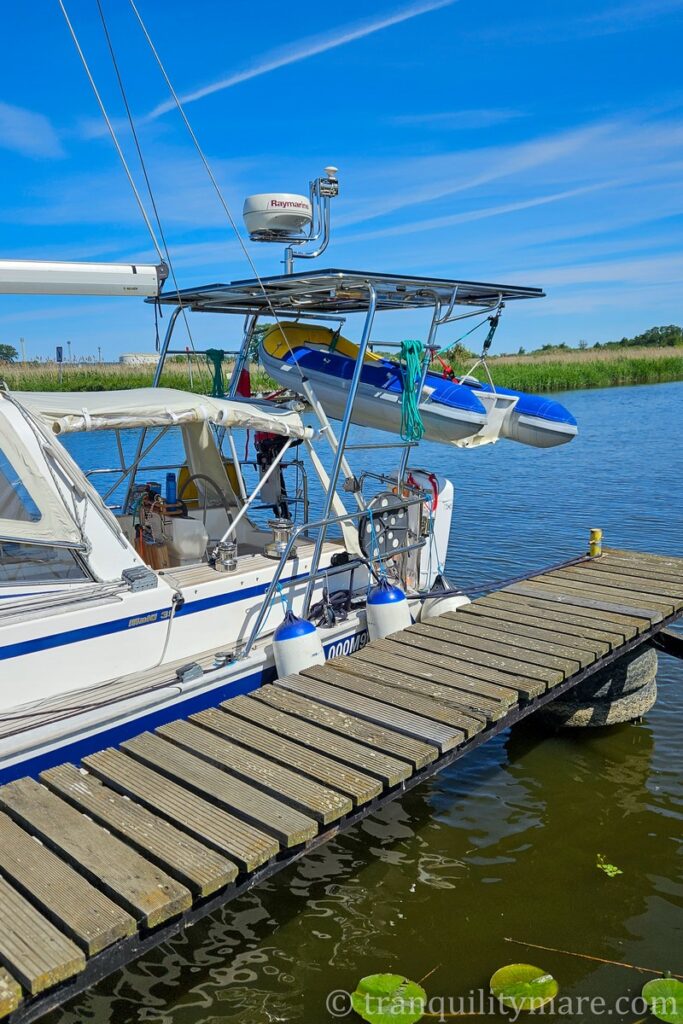
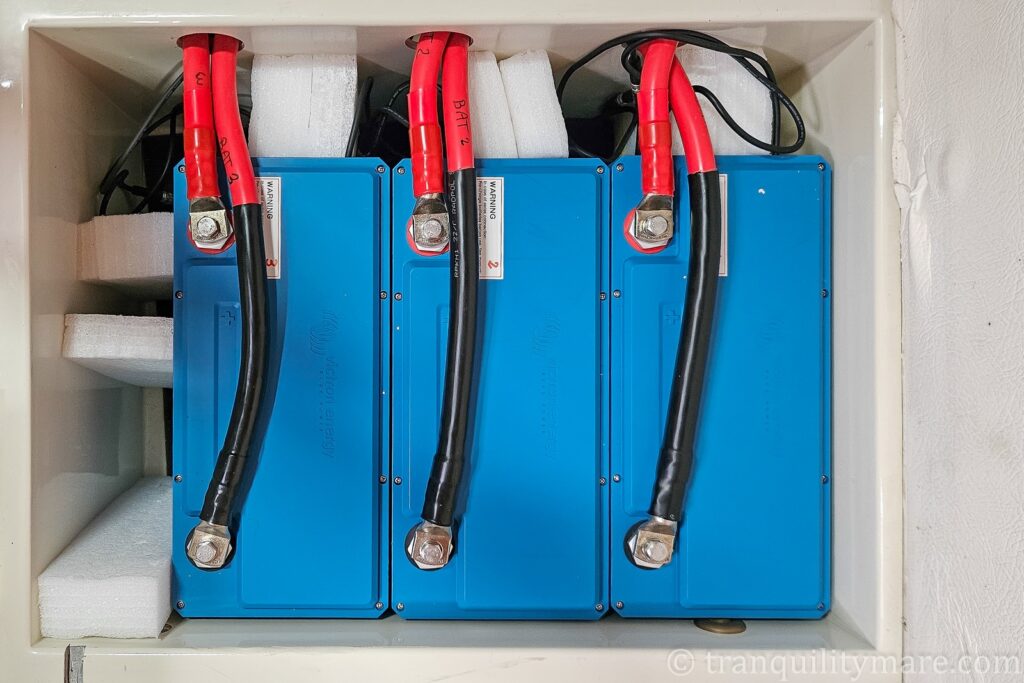






One response
Ciekawy artykuł. Niedawno robiłem remont kapitalny mojego jachtu s/y Gerlach. Właśnie wymieniłem m.in. kompletnie instalację elektryczną. Potwierdzam wasze spostrzeżenia i uwagi.
Może jakieś spotkanie w Marina Alcaidesa? Zapraszam na jacht i stawiam kawkę 😉